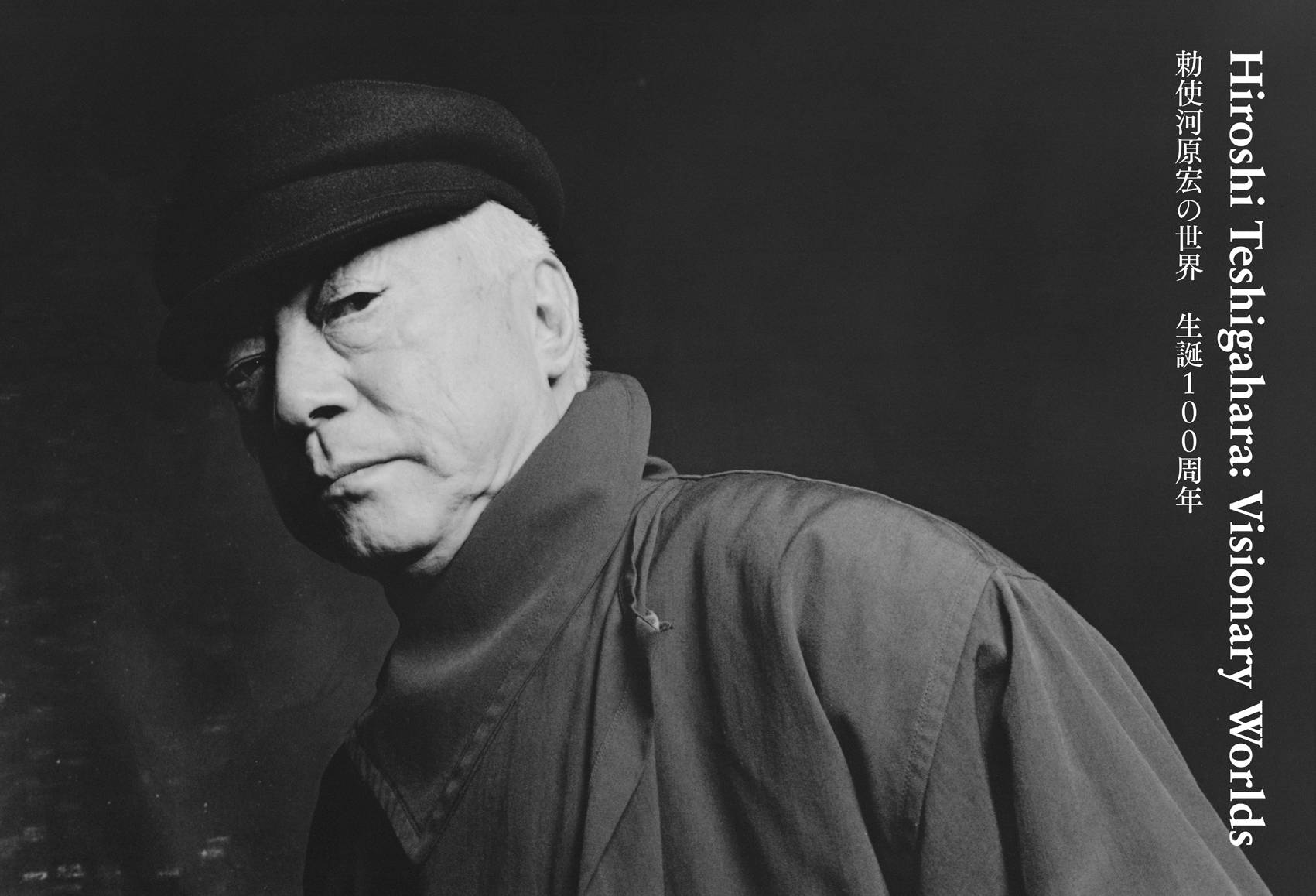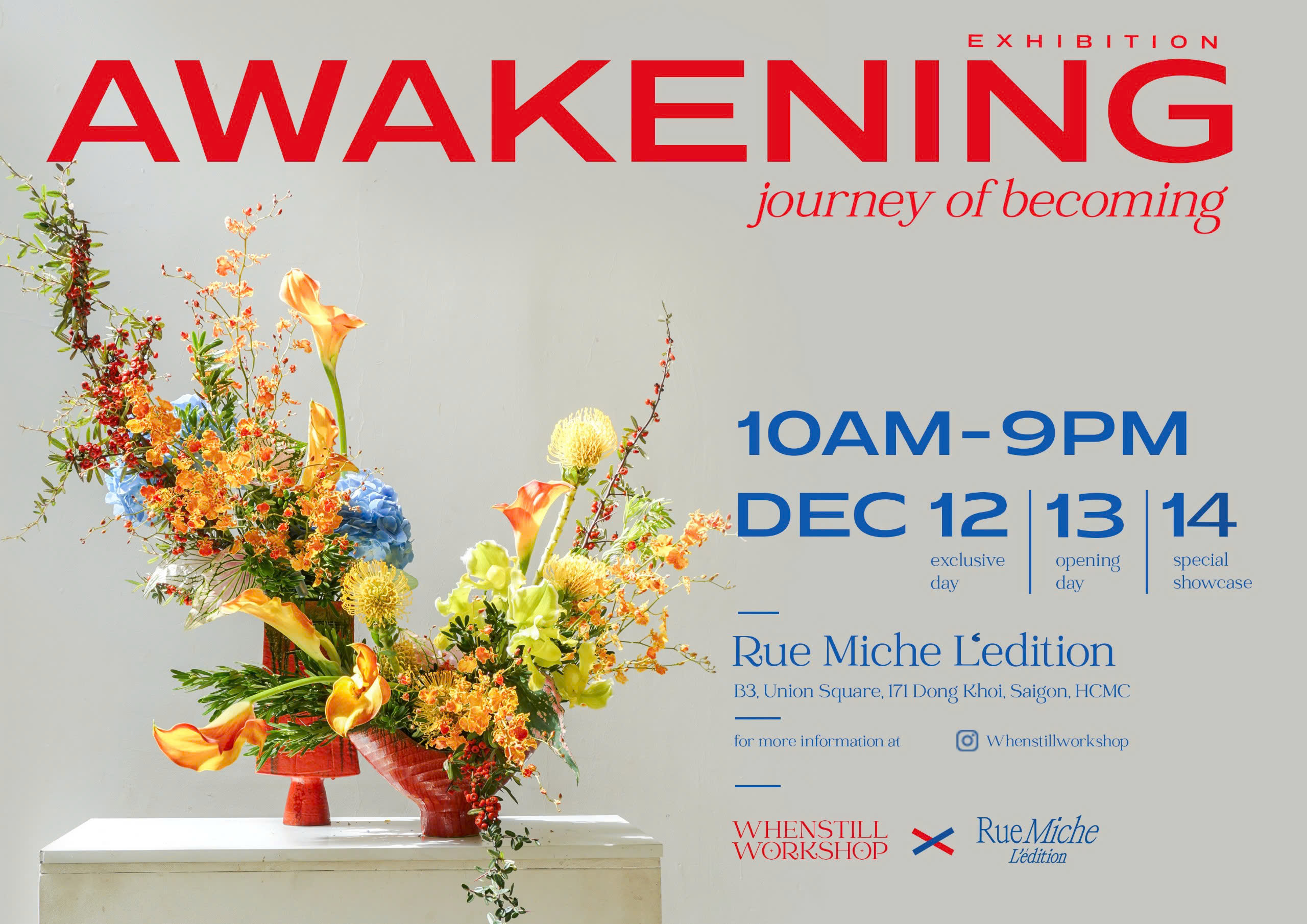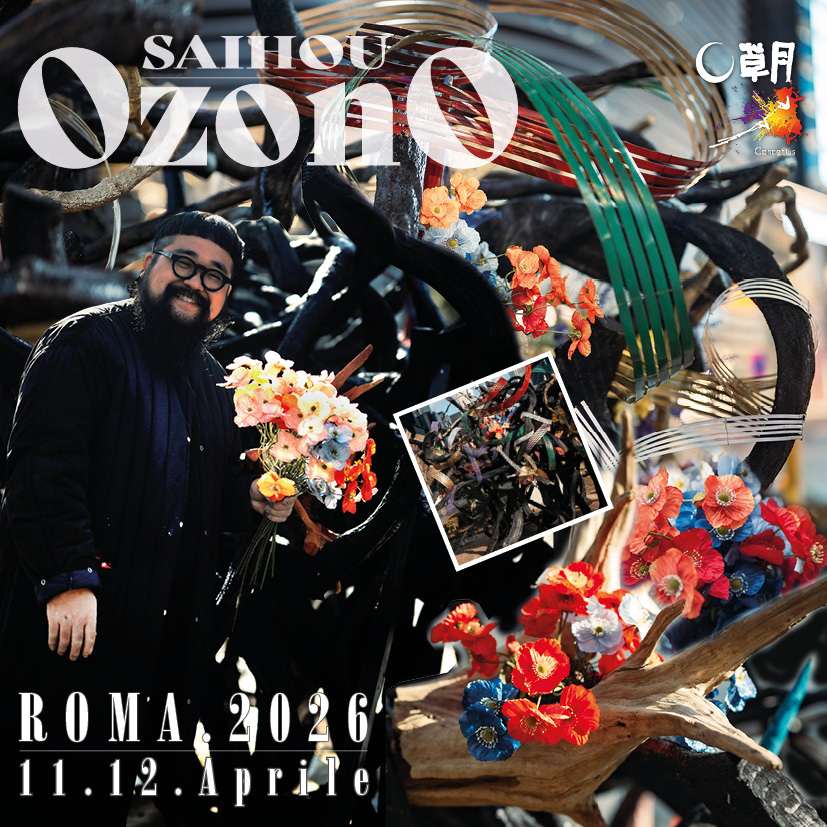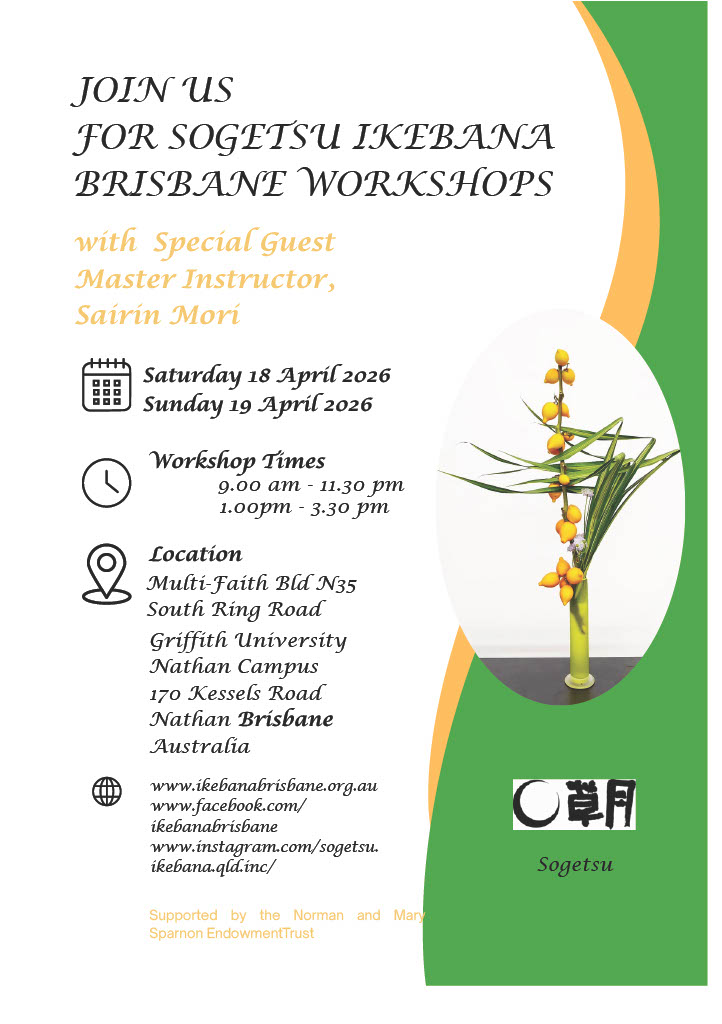finished
Hiroshi Teshigahara: Visionary Worlds
Commemorating the 100th Anniversary of Hiroshi Teshigahara’s Birth
Opening exhibition SA NI HA | さには
Sogetsu Plaza Tengoku 1st Floor, Sogetsu Kaikan
07 Jun 2025 [Sat] - 06 Jul 2025 [sun]

Hiroshi Teshigahara: Visionary Worlds
Title: “SA NI HA | さには”
Dates: June 7 (Sat) – July 6 (Sun), 2025
Hours: 10:00 AM – 7:00 PM (open until 8:00 PM on Fridays. Closed on Sunday, June 29, 2025)
Venue: Sogetsu Plaza Tengoku 1st Floor, Sogetsu Kaikan
Director: Kiri Teshigahara
Artistic Adviser: Tristan Pollack
Contact: hiroshicentennial@gmail.com
In 2027, we celebrate the centennial of the birth of Hiroshi Teshigahara (1927 – 2001)—an artist whose legacy of radicalism continues to resonate across generations. Marking this milestone, we are proud to launch Hiroshi Teshigahara: Visionary Worlds: a commemorative retrospective that engages with the full spectrum of Teshigahara’s artistic output and its direct impact in the modern world. This centennial draws inspiration from the pioneering spirit of the Sogetsu Art Center, a transformational space and meeting point for the Tokyo-based postwar avant-garde and international artists presenting and creating works, many for the first time in Japan. As the appointed Director, Hiroshi distilled a credo for the Sogetsu Art Center: “to create spaces where everyone is free to express themselves and engage in dialogue.” The mission of Hiroshi Teshigahara’s centennial is to invite the next generation into the world of Hiroshi Teshigahara’s boundary-pushing art as we move into the future. Teshigahara’s lifelong experimentations—in filmmaking, painting, illustration, Ikebana, bamboo installation, ceramics, stage design, and calligraphy—remain deeply relevant today, continuing to question and illuminate the relationships between art and society, the individual and the collective, and the natural and the manmade.
As we move toward 2027, Hiroshi Teshigahara: Visionary Worlds will unfold through a dynamic programming series that includes exhibitions, film screenings, performances, video installations, talkbacks and presentations. Instead of confining Teshigahara’s work to any single medium or period, we aim to rediscover it as a continuous, evolving conversation with his multidimensional body of work —one that invites us to ask what his vision can still offer us today.
Opening exhibition SA NI HA | さには
The inaugural event of this centennial project is the exhibition SA NI HA | さには, held in Isamu Noguchi’s iconic Heaven (Tengoku) garden at the Sogetsu Plaza. This exhibition traces the essence of Teshigahara’s sculptural imagination through the twin lenses of ikebana and ceramics.
Presented in poetic dialogue with Isamu Noguchi’s stone garden, this deeply immersive installation brings together Teshigahara’s ceramic works and his handwritten calligraphy on Echizen washi paper. These elements converge to create a space where nature and artifice, stillness and motion, material and spirit intermingle.
The title SA NI HA refers to a sacred garden purified for welcoming the divine—a concept that resonates deeply with this exhibition. Visitors are invited to listen closely to the quiet presence of Teshigahara’s spirit, attuned to the subtle, wordless sensations that permeate the space.
Exhibition Context
The Tengoku stone garden, designed and created by Isamu Noguchi, is a symbolic centerpiece of the Sogetsu Kaikan. Teshigahara’s foray into ceramic vessel-making is said to have been spurred both by a desire to break away from traditional forms and by Noguchi’s observation that “in ikebana, the vessel is the weak point.”
His artistic process expanded organically from ikebana to sculpture, to spatial design, and eventually to garden-making. His first garden was for the Ken Domon Museum of Photography in Sakata City, a project by architect Yoshio Taniguchi. Teshigahara’s garden stands in dialogue with a neighboring garden designed by Isamu Noguchi, the two separated only by the museum’s architecture. Around the same period, at the Sogetsu Ceramic Studio in Echizen, he created a garden composed of moss and carefully placed stones of varying sizes—once again seeking to forge a “new nature” that transcends the boundaries of the natural world.
A Deep Connection with Echizen
Teshigahara’s enduring relationship with Echizen began in 1972 with a visit for a feature in Sogetsu magazine titled “Ikebana in the Environment.” Inspired by this encounter, he established the Sogetsu Ceramic Studio in Echizen the following year, initiating a way of living and working rooted in the region’s rich natural environment and cultural traditions. His time in Echizen brought him into contact not only with clay, but also with bamboo and washi paper—materials that would become central to his practice.
Revisiting a Landmark Exhibition
This exhibition also revisits a pivotal moment in Teshigahara’s career: the 1980 joint exhibition with Isamu Noguchi, held in the very same Tengoku space. Several of Teshigahara’s ceramic works from that historic exhibition have been carefully reinstalled—many in their original positions—to trace the path of his artistic inquiry as it conversed with Noguchi’s garden. Complementing the installation is a collage-style banner incorporating Teshigahara’s handwritten calligraphy on Echizen washi, visually bridging his ceramics with Noguchi’s stone garden.
In this contemplative space, we invite you to listen quietly—to the echoes reverberating from Hiroshi Teshigahara’s brushwork and vessels, and to the silent dialogue between two artistic giants whose visions continue to shape our understanding of art, space, and the spirit.
Message from Kiri Teshigahara
Art Director, Sogetsu Foundation
We are delighted to announce the opening of SA NI HA | さには, the first exhibition in the centennial project Hiroshi Teshigahara: Visionary Worlds. This landmark moment invites us to rediscover Hiroshi Teshigahara’s boundary-defying vision through two of his most intimate and personal forms of expression: ceramics and calligraphy.
Presented within Isamu Noguchi’s iconic Tengoku garden, SA NI HA creates a rare and powerful dialogue between two pioneering artists. Here, material and spirit meet—shaping a space that is both contemplative and expansive.
This exhibition is not only a tribute to Teshigahara’s legacy, but a compelling reminder of his continued relevance. His work challenges us to see differently, to feel deeply, and to reconsider the role of art in shaping how we live, perceive, and connect.
We invite you to join us at the start of this centennial journey—to experience a world where tradition meets innovation, and where the past speaks vibrantly to the present.




